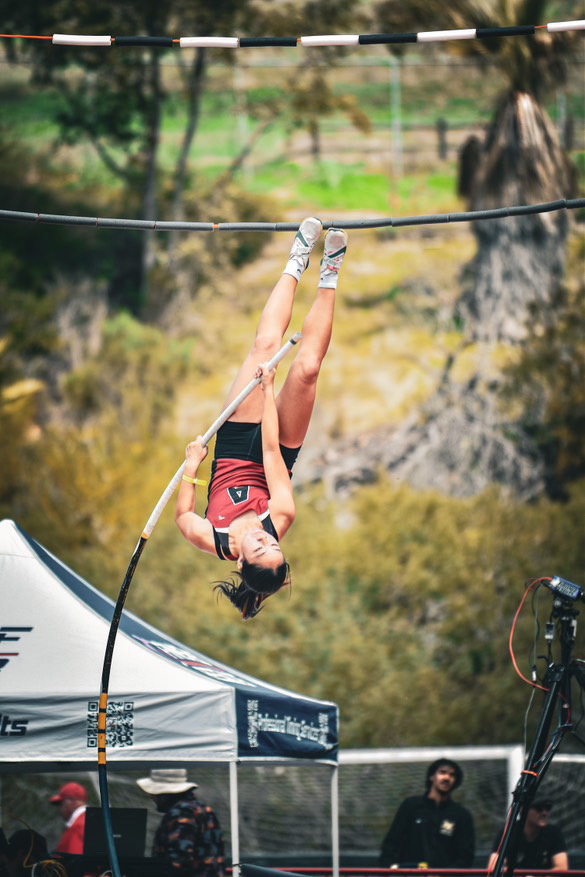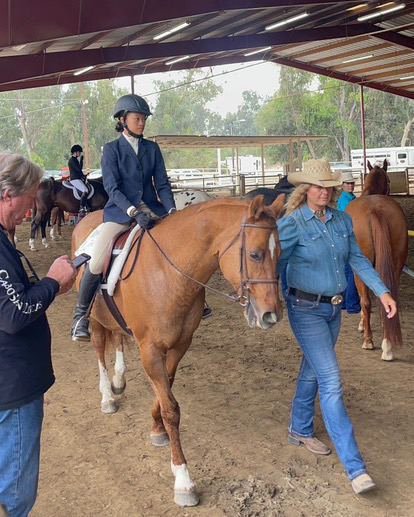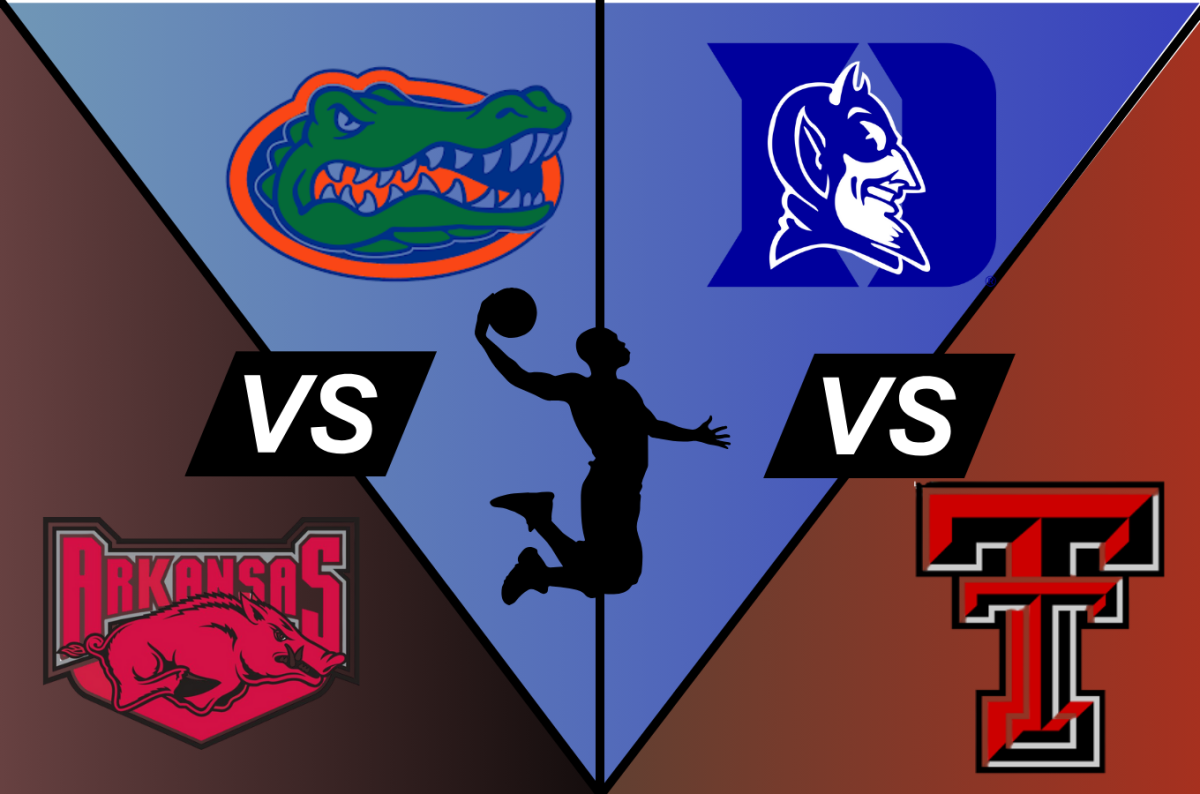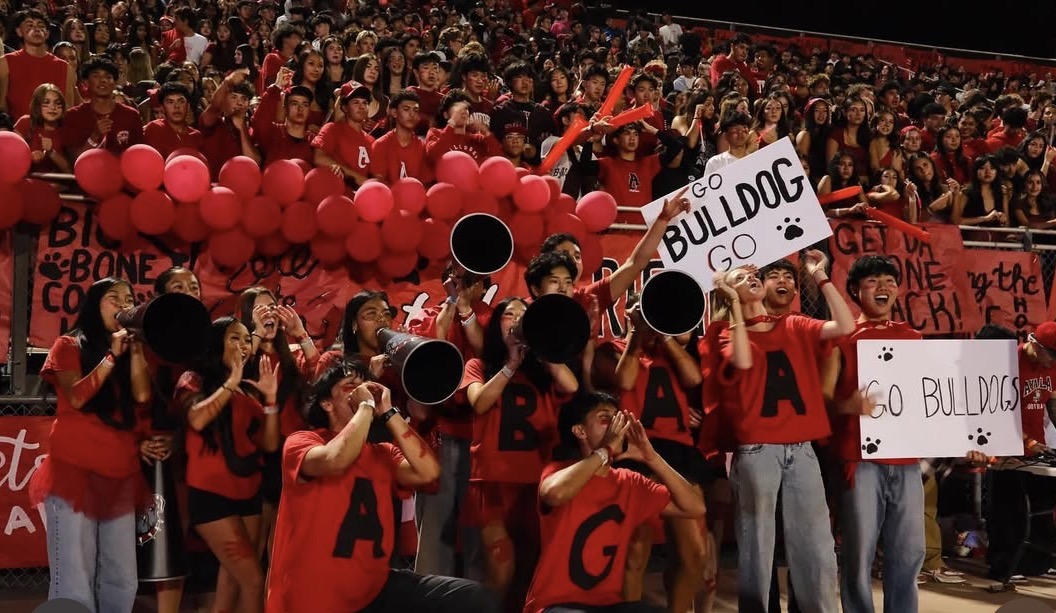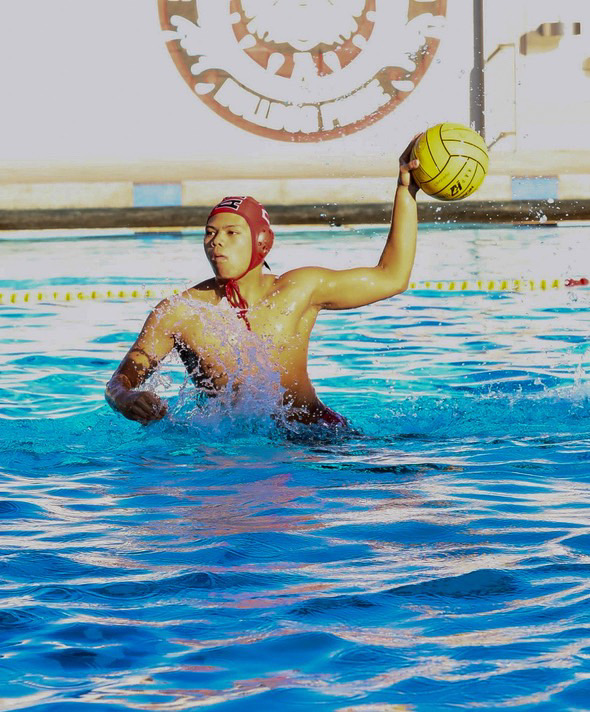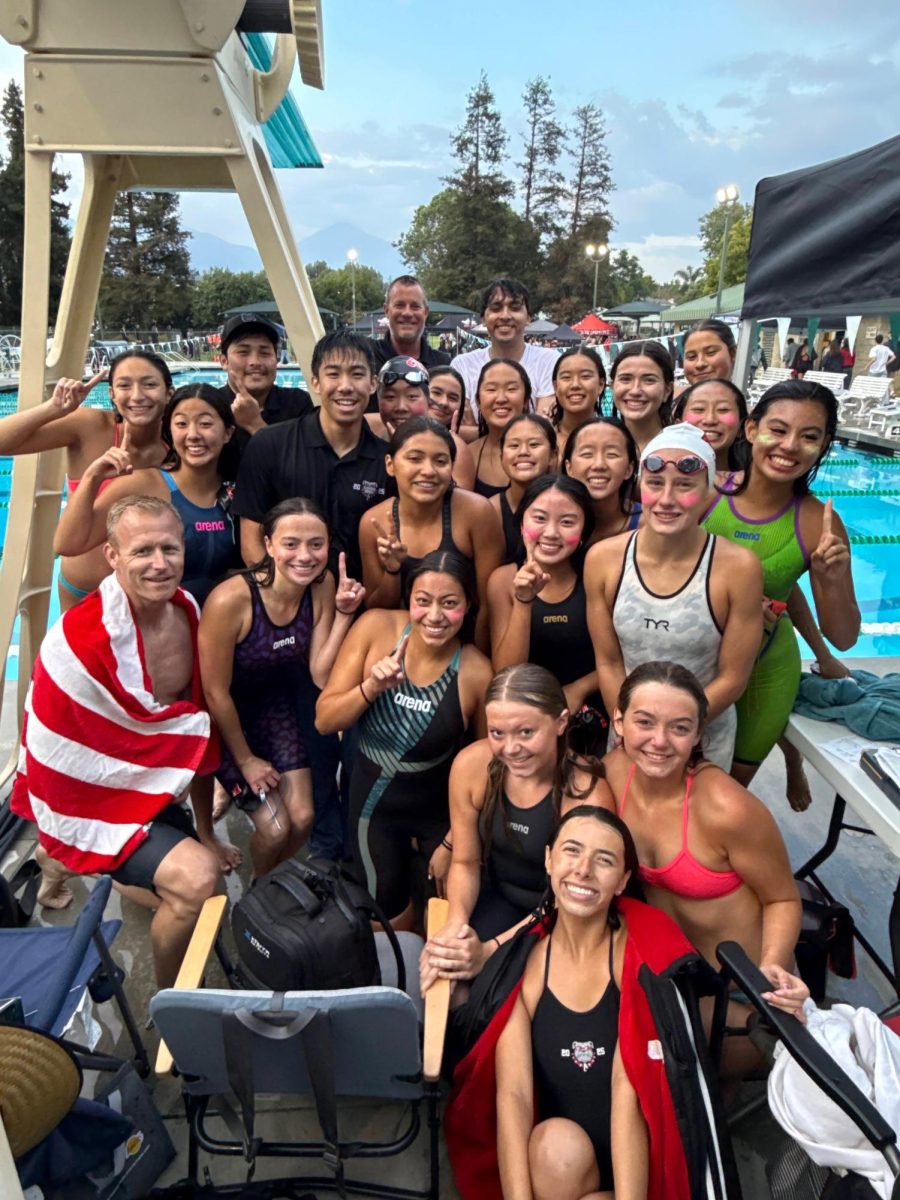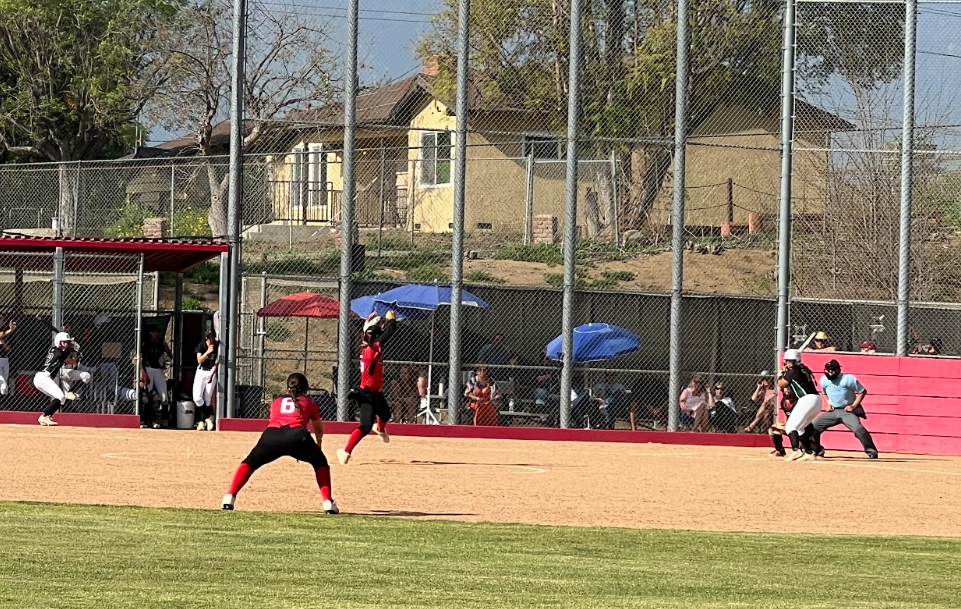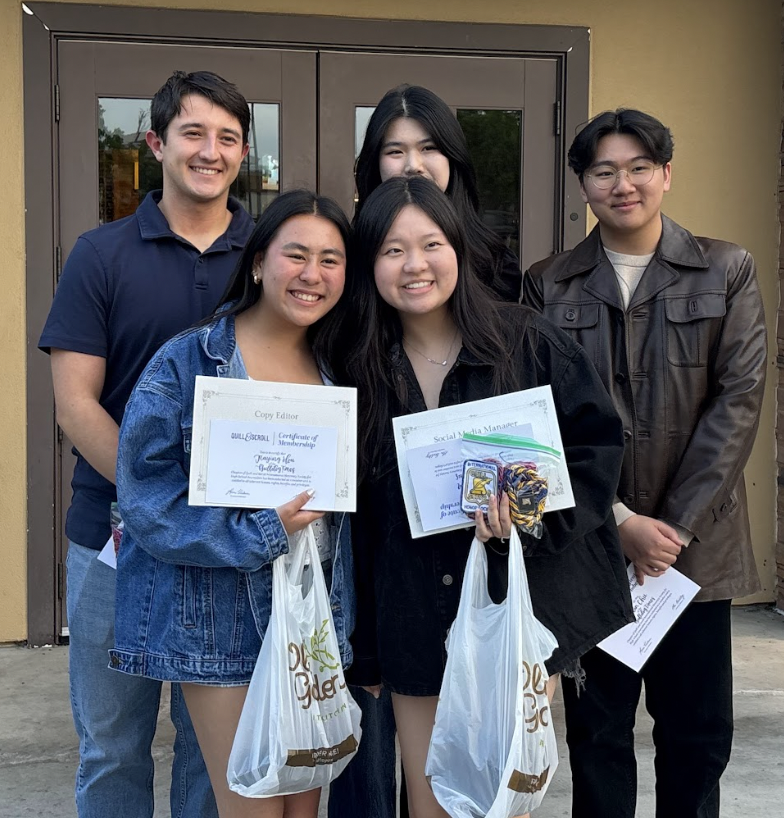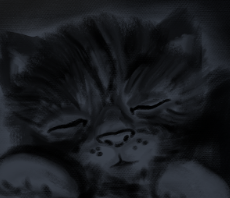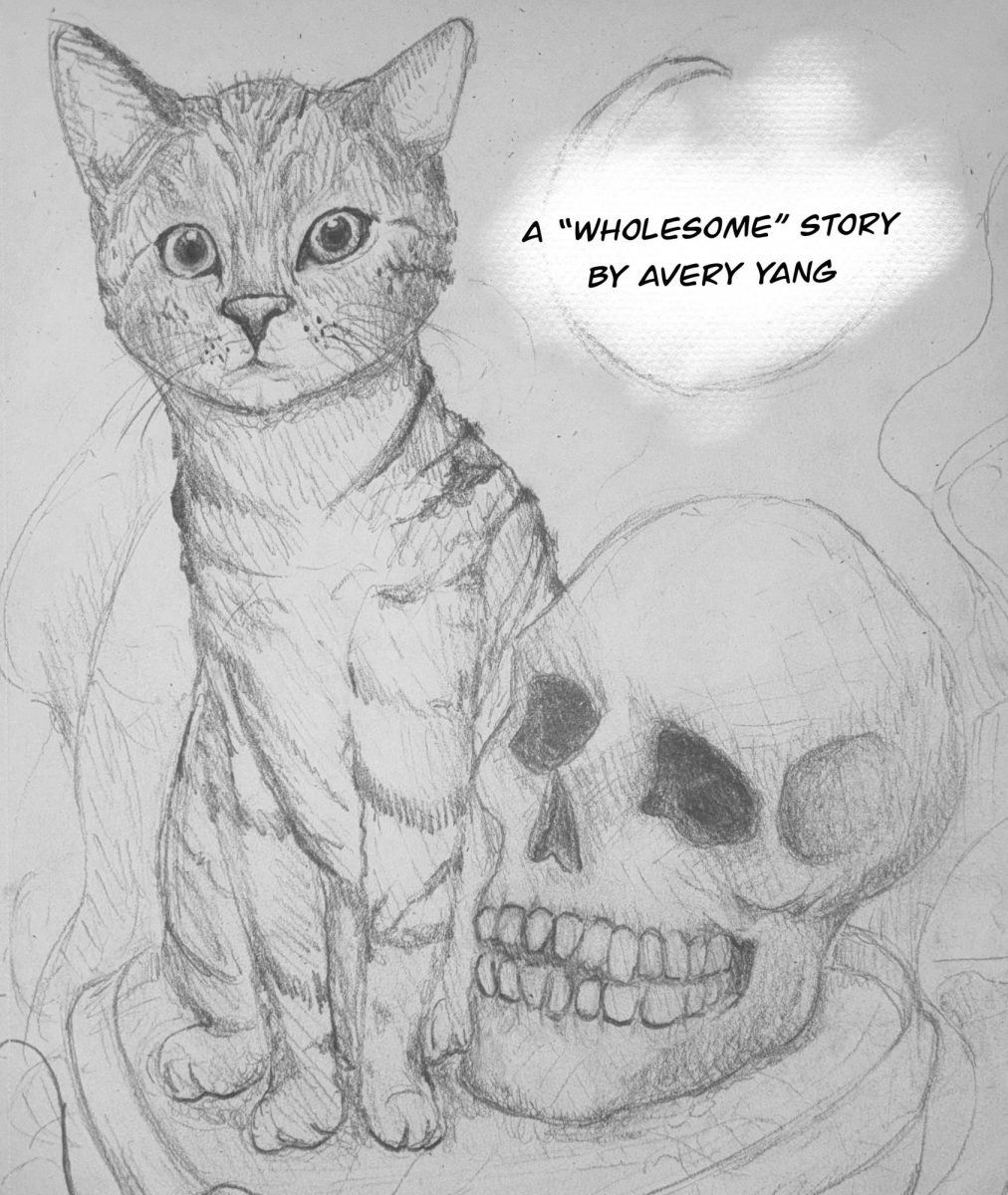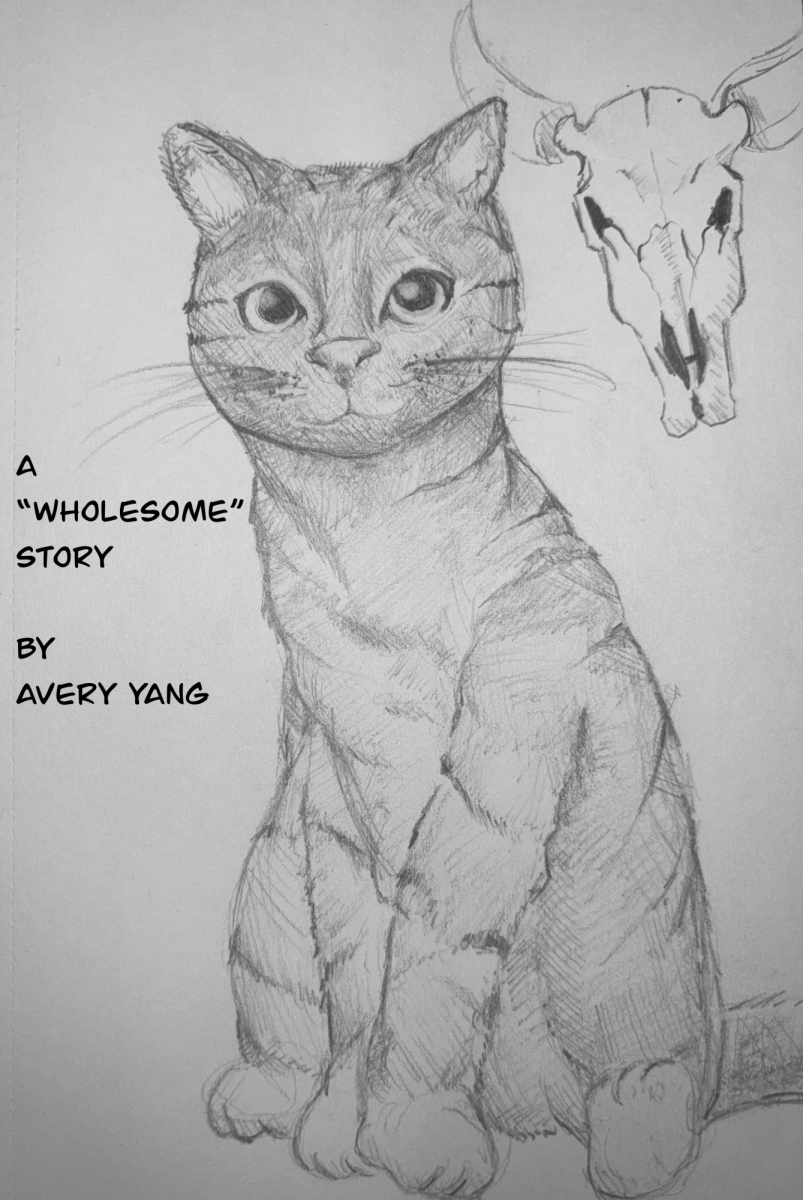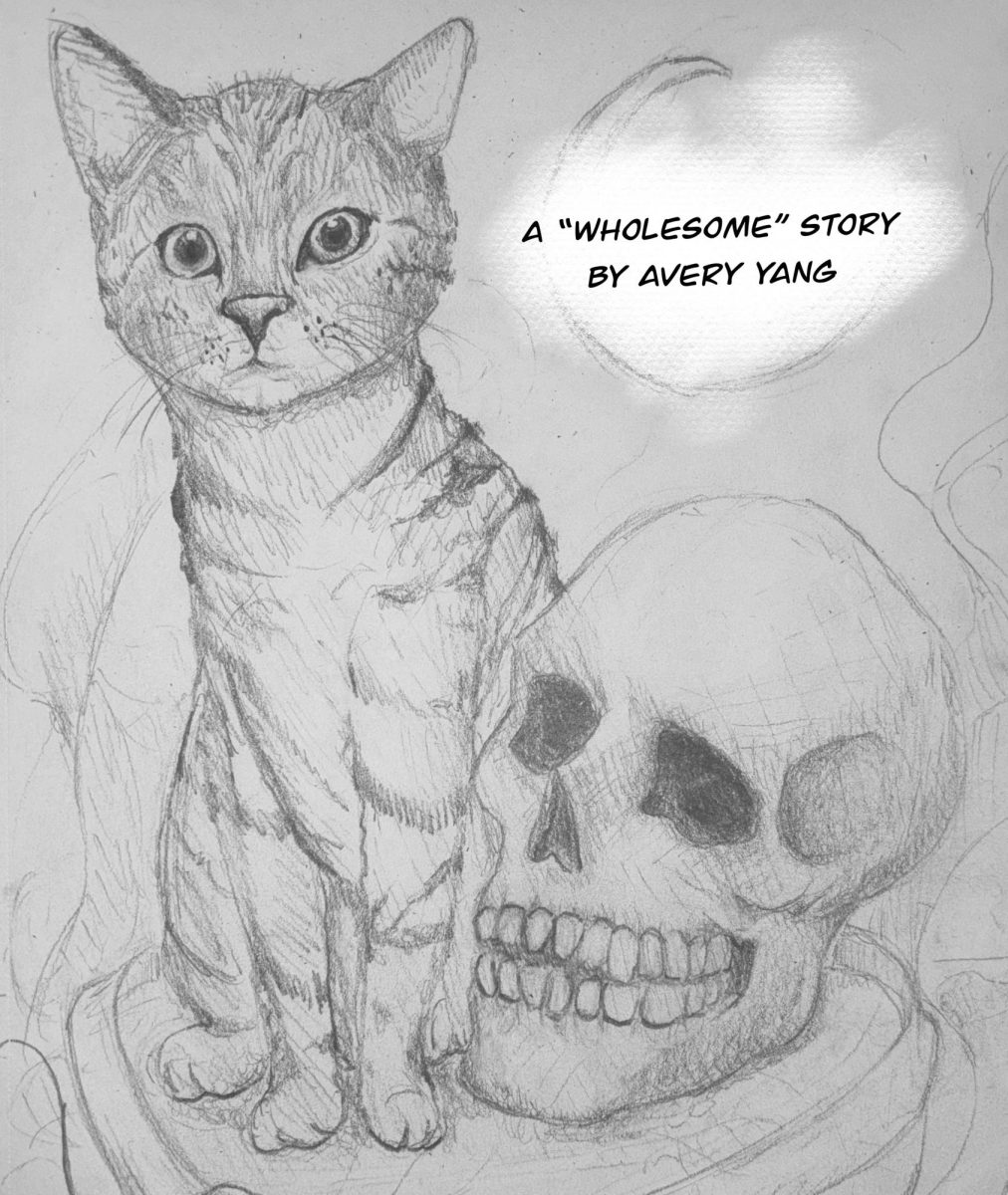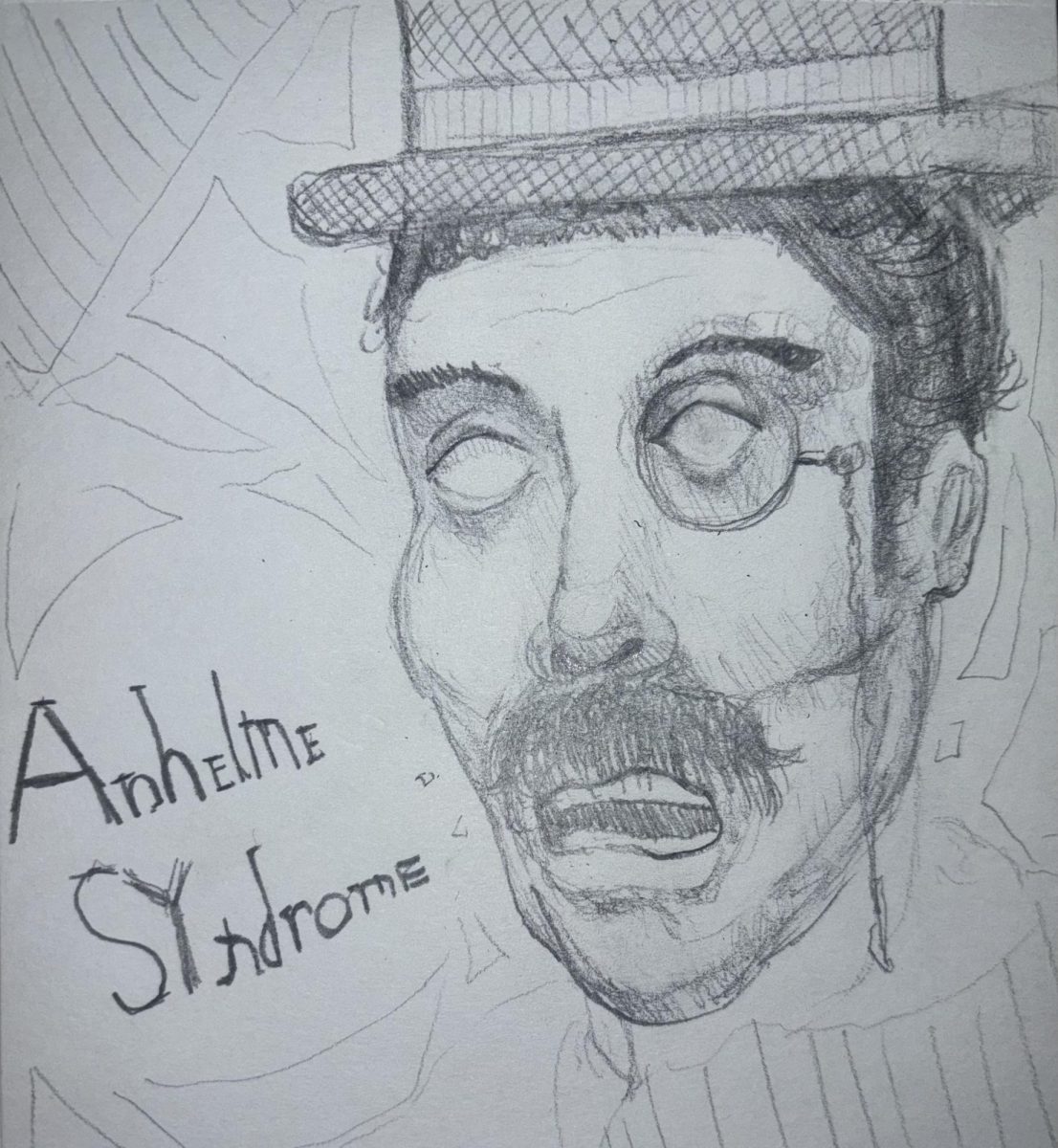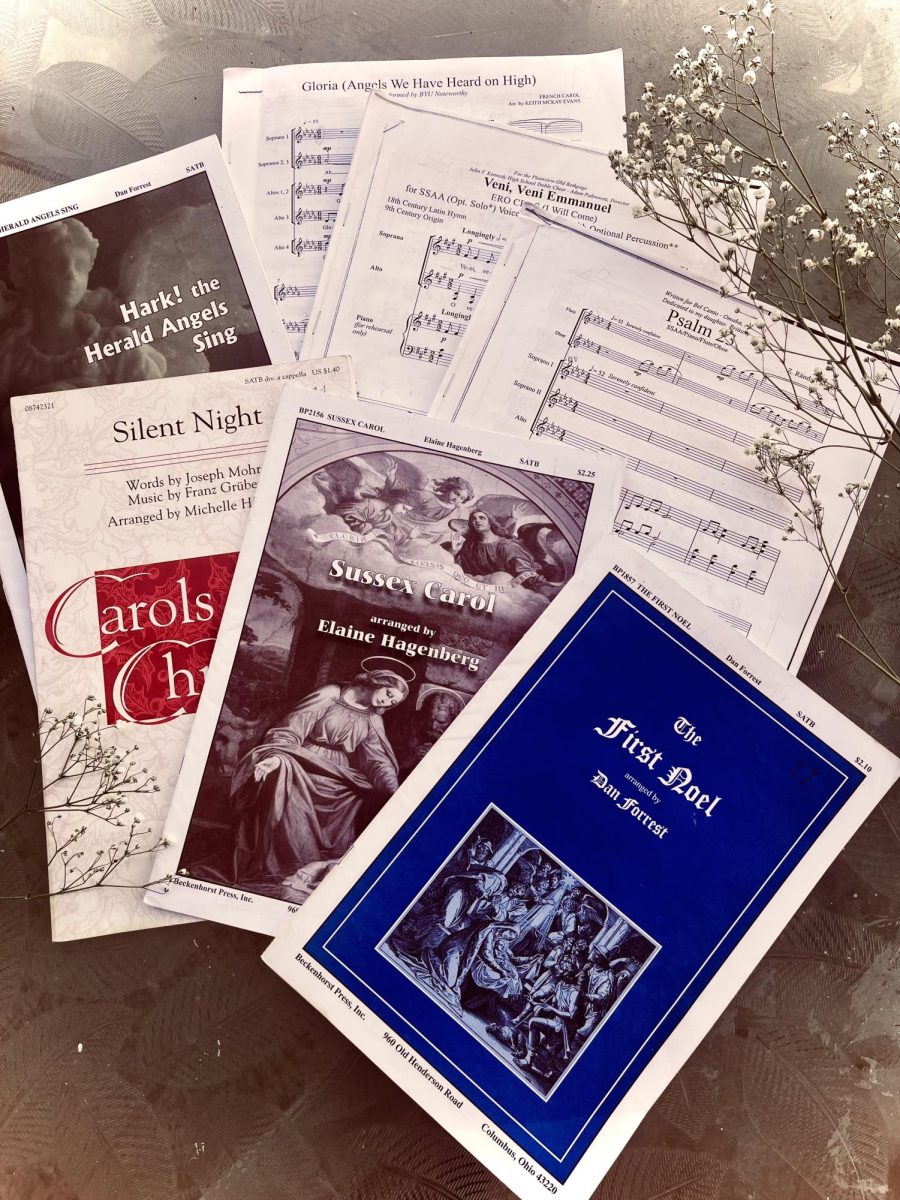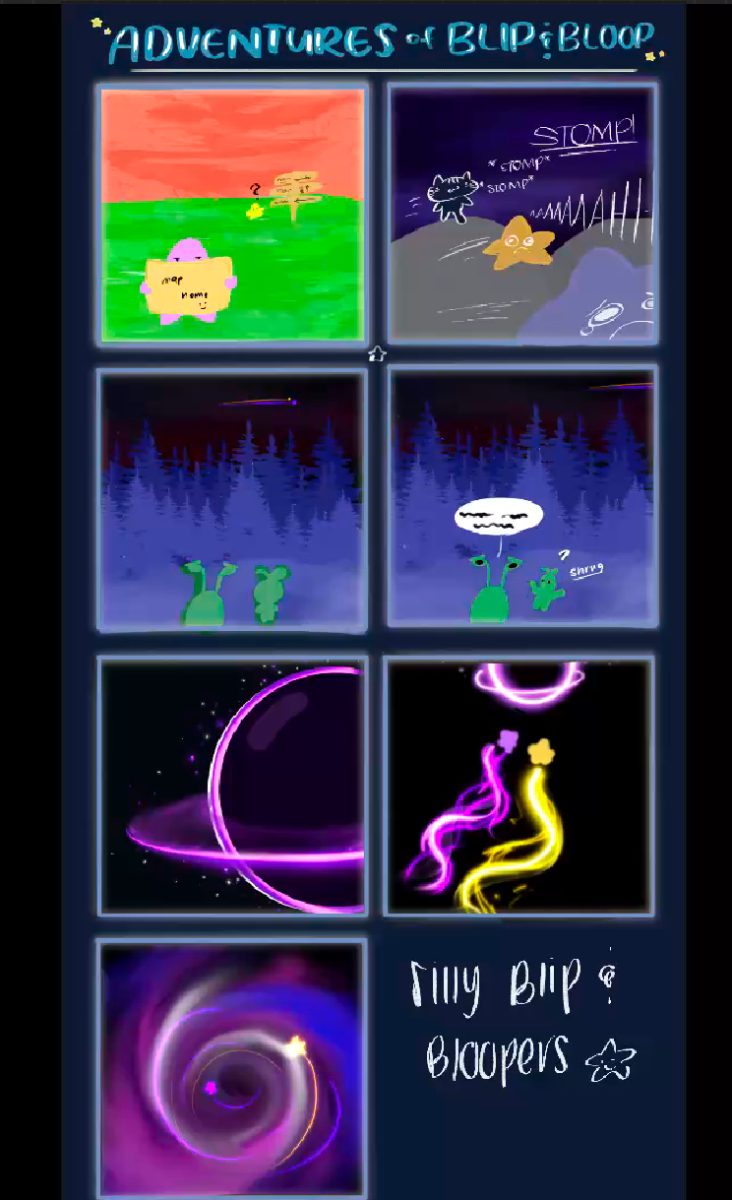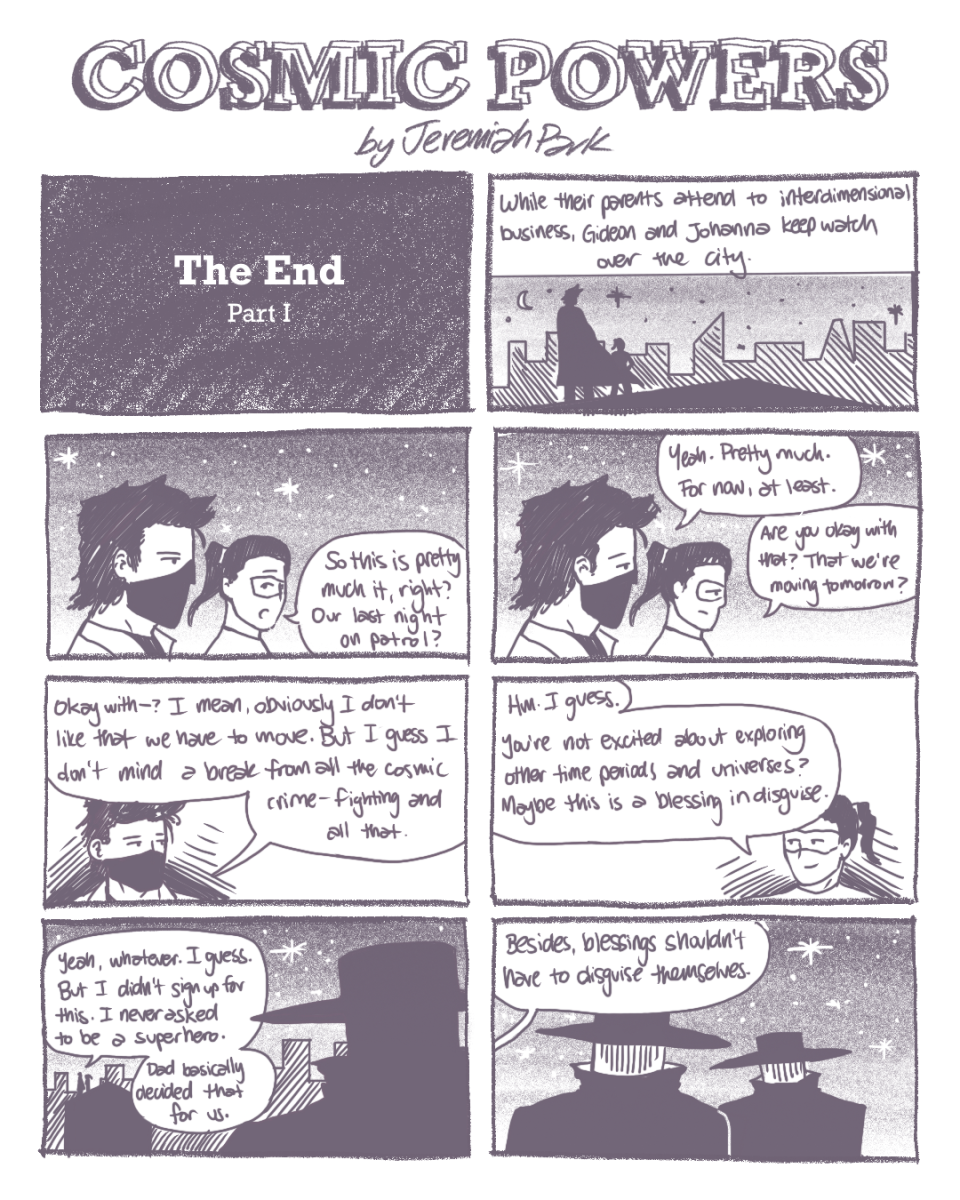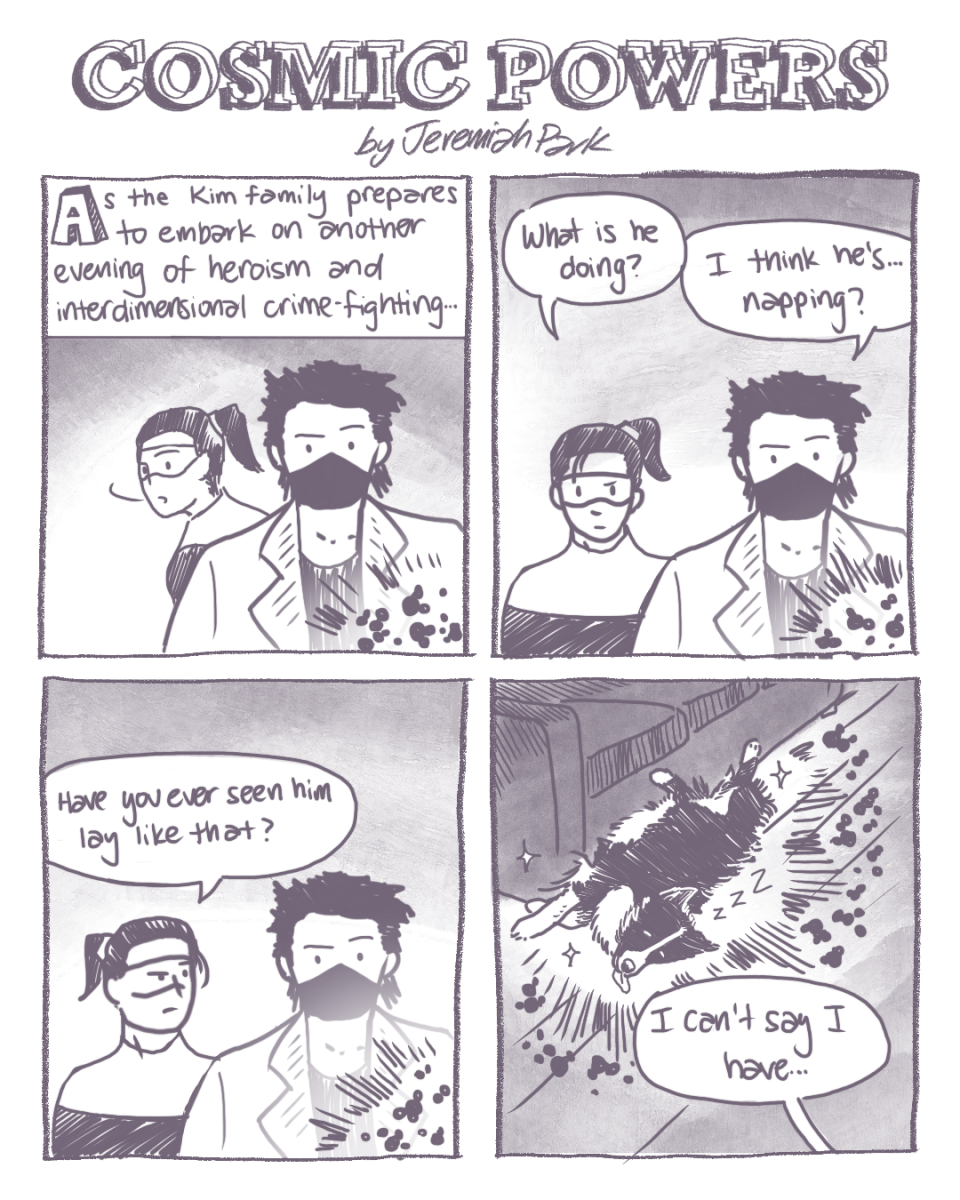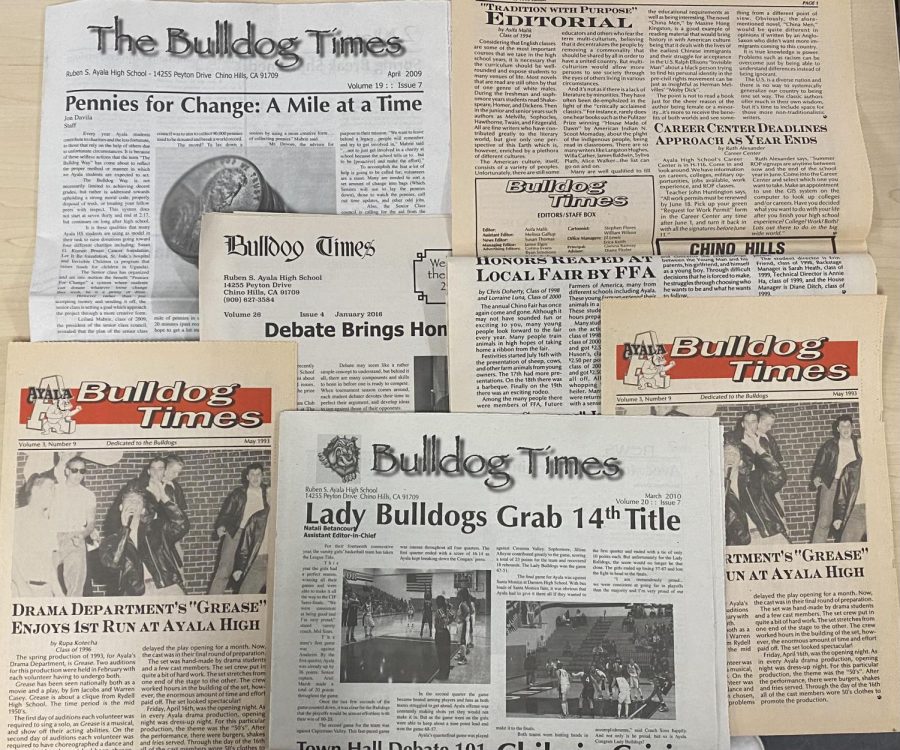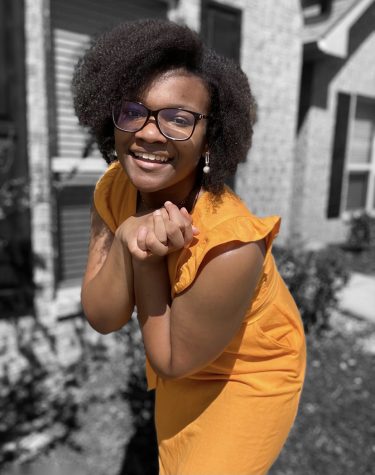The Evolution of the Ayala Bulldog Times
Publications of the Bulldog Times when editions were physically printed.
December 14, 2021
The Ayala Bulldog Times has evolved since the program first began. Now that journalism members have become more acquainted with completing production cycles, the staff members want to tell the story as to how it all began.
Mr. Jack Higgins started the journalism program at Ayala back in the 1990s. He served as the advisor for over twenty years before his retirement. At that time, journalism members produced handheld copies of the Bulldog Times, which made their production cycle very different from the one today.
Alumni Josephine Cheng became copy-editor and Editor-in-Chief during her junior and senior years.
“The Editors-in-Chief are responsible for reviewing and copy-editing the final drafts of all stories and fitting them, along with provided pictures, into a 12-16 page newspaper layout, using Adobe inDesign,” Cheng said. “Luckily, our journalism advisor, Mr. Higgins, had iMacs in his classroom for us to use. Many of my fondest memories from senior year are coming into Mr. Higgins’ room on a Saturday with a backpack full of snacks and ginger ale to work on designing the newspaper.”
Following the editing process, Mr. Higgins sent the files to a local printing shop for the newspapers to be printed and delivered to the school. Journalism staff would then take them to each classroom wearing their Bulldog Times polo shirts.
“On delivery days, our hands would be blacked out from the fresh ink of the newspaper,” Cheng said. “Do kids these days know how newspapers dirty your hands? It became a fun routine for the girls to head to the restroom together to wash off the month’s work, almost like a celebratory ritual.”
Since Mr. Higgins retired, Eileen Tse became the new advisor three years ago. Because of this transition during the pandemic, journalism could only continue as a club.
“We found our stories in a more unorthodox way since we found a majority of them through the social media accounts of clubs, students, and the school,” former club president Makayla Richardson said. “We also held all of our meetings over Zoom and continued to do so when we came back to school for in-person classes as it was safer for the staff.”
Along with the new addition of the journalism club, the newspaper switched to digital publishing.
“Print newspapers are becoming less and less preferable in terms of sustainability, as well as reader interest being more towards online media and social media,” Tse said. “So I really wanted to have a more fleshed out online journalism program, which we’re doing right now.”
Although both Mr. Higgins and Tse advised the class, the journalism program has always been student-led.
“As the club president, having these roles required me to first and foremost find members to join the club and find people who were as passionate about journalism as I was,” Richardson said. “I assigned positions to members, set meeting times, discussed potential topics for the upcoming articles, and assigned one to each staff member. I would then read, edit, and offer feedback to everyone’s articles and then upload them to the website so each issue could be uploaded onto the website in time.”
Students can explore different areas of journalism and find their true interests. After graduation, Cheng attended the University of California, Santa Barbara, and has worked for multiple Public Relations firms.
“You get as much from Journalism as you put into it,” Cheng said. “If you want to enter that class excited to make new friends, become a better writer, dive into your passions for whatever you like writing about – be it sports, teachers on campus, current affairs – you can. It’s a great way to practice making the most of opportunity.”
Many alumni have reminisced on their journalism experiences as staff members reached out to complete this article. With Tse as the new advisor, former students are excited for what is to come.
Along with encouraging Tse to continue to grow the journalism program, they wanted to inspire current and future staff members.
“My advice for members of the program would be to recognize that in being a journalist, you have the opportunity to give voice to those who usually don’t get recognition,” Richardson said. “You can show others the underlying talents, experiences, and personalities of students that they pass on a daily basis. By giving a voice to these people, you let them know that they are seen and are an important part of the Ayala community.”


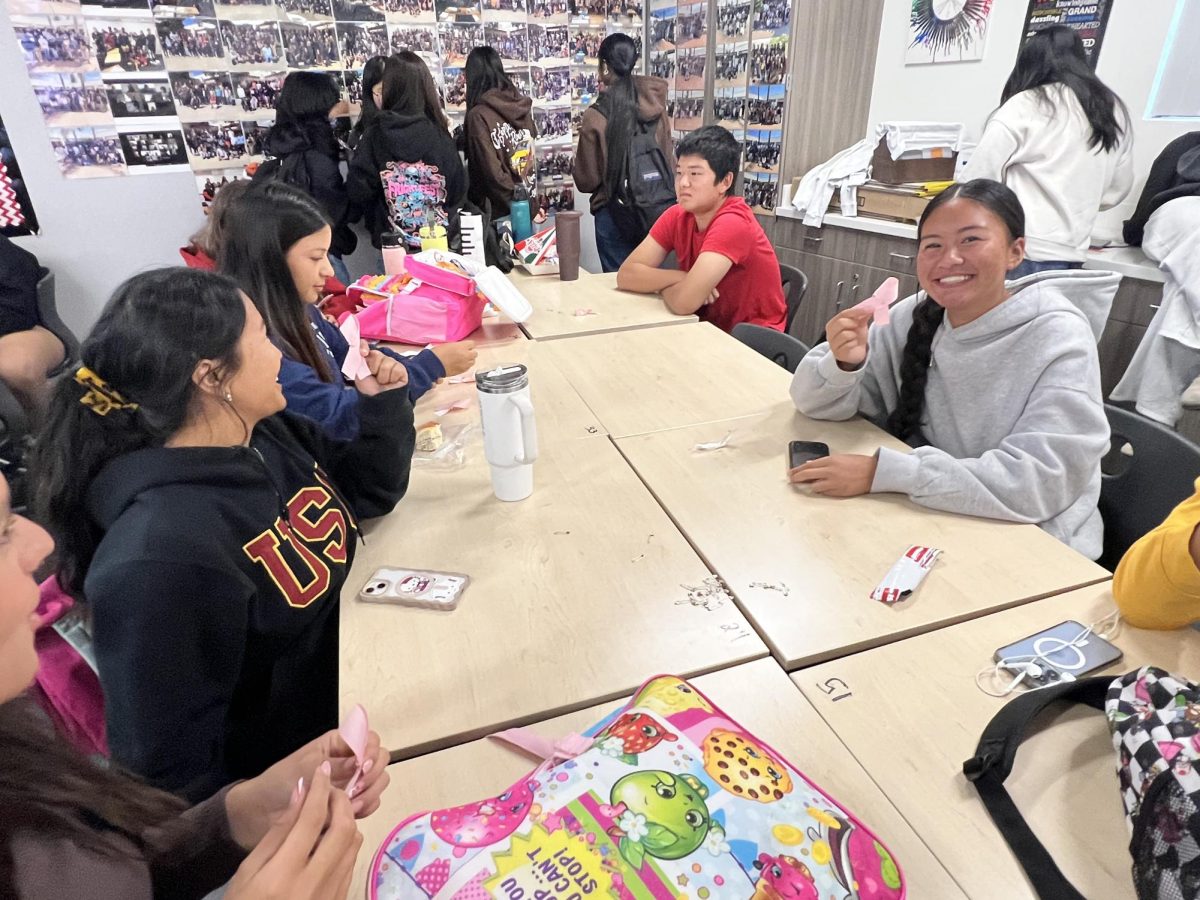






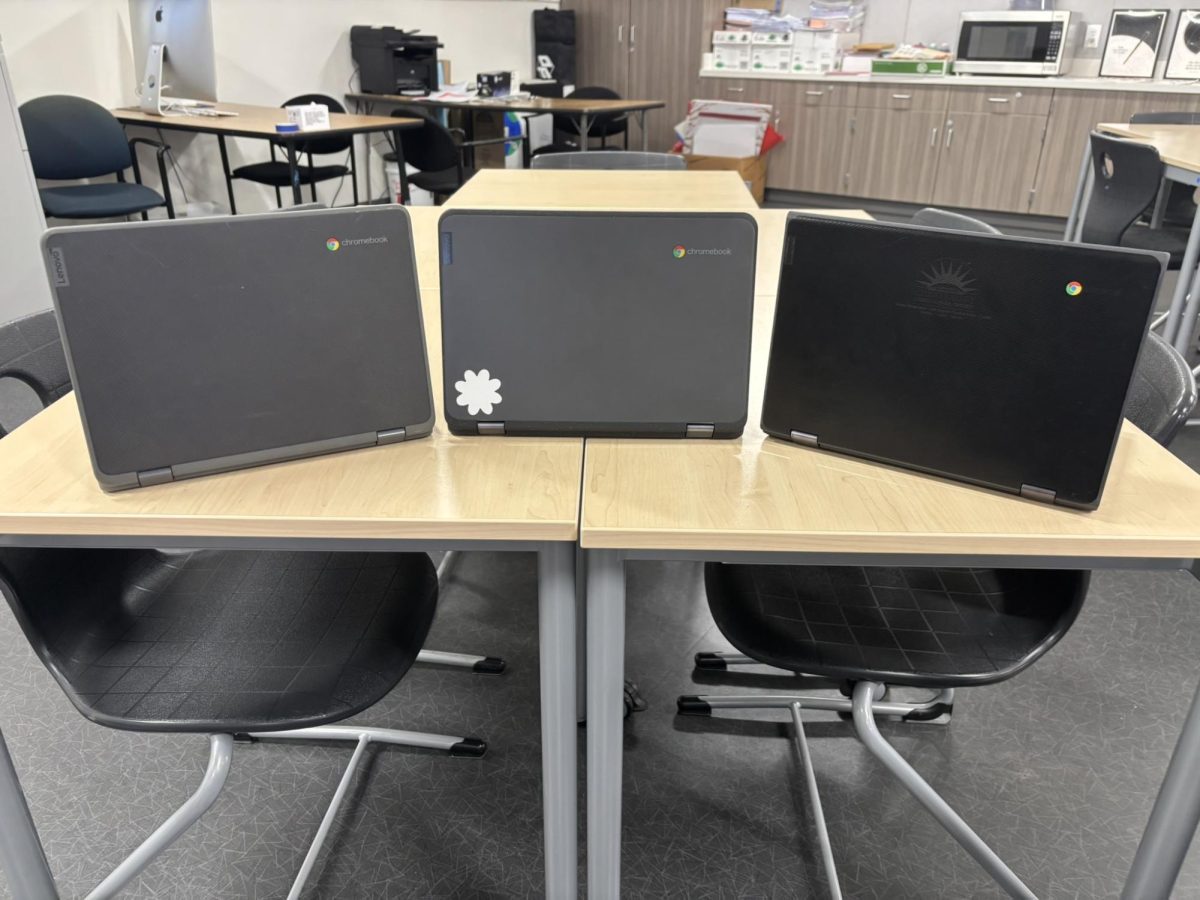

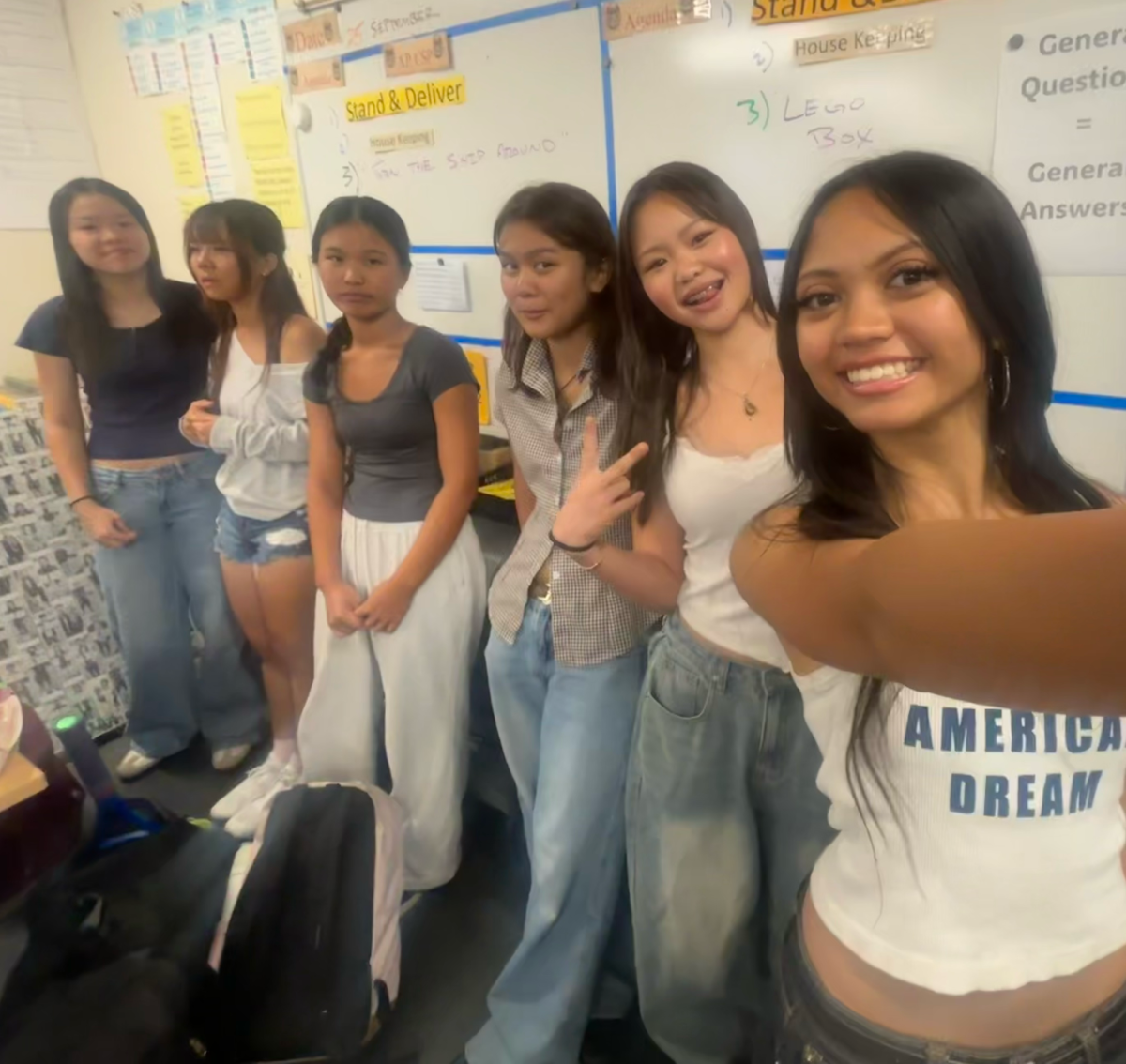



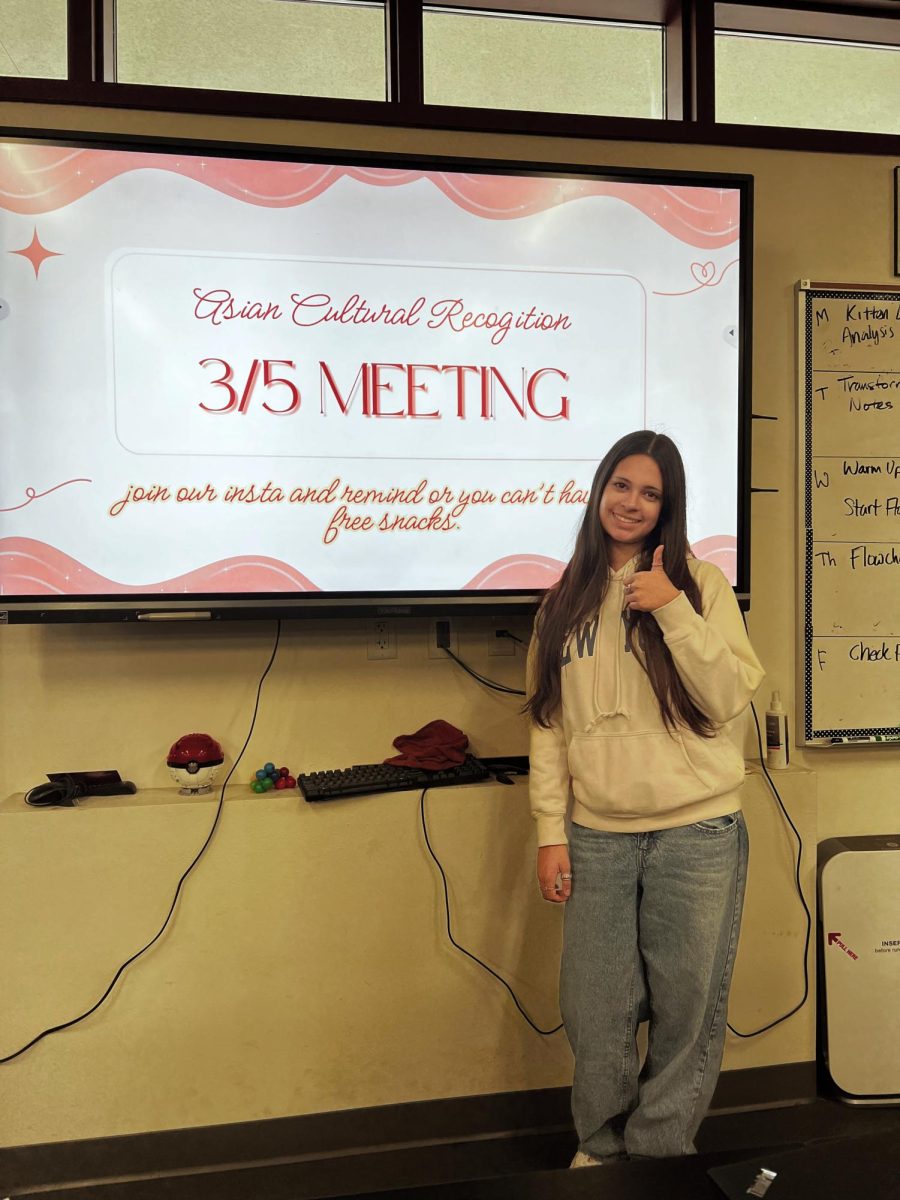






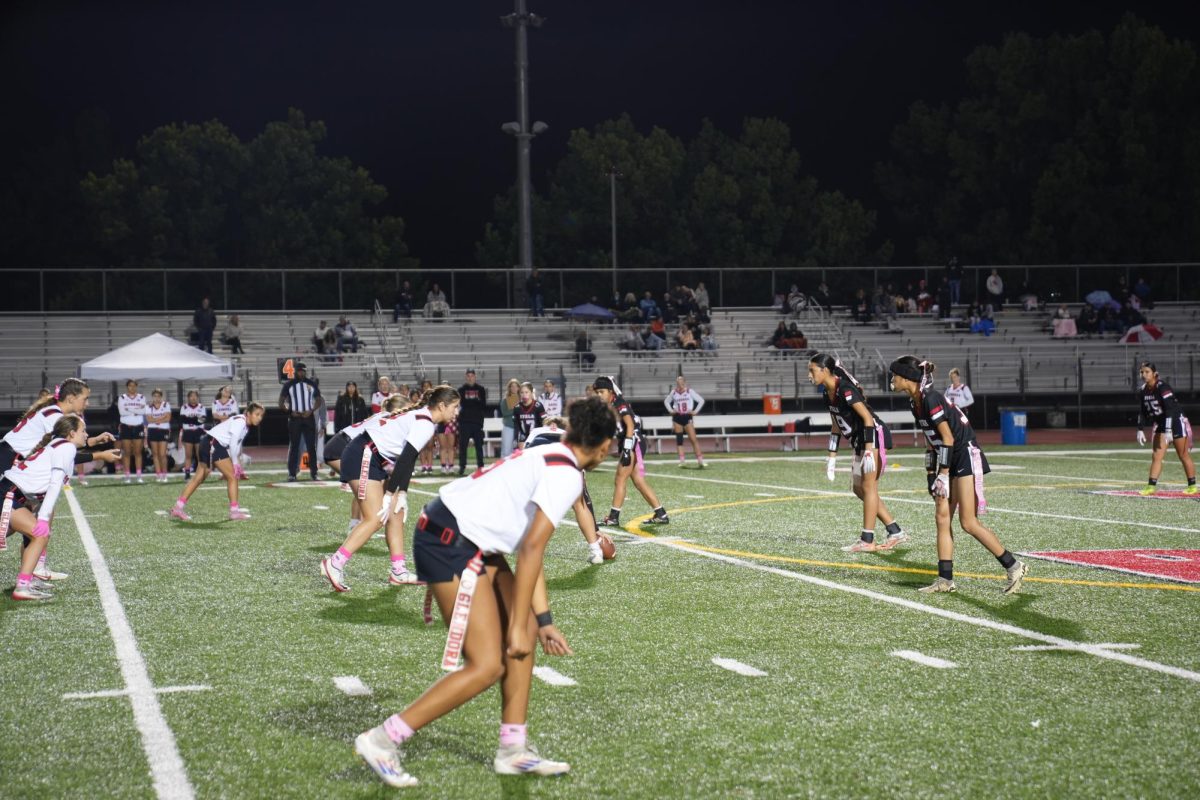
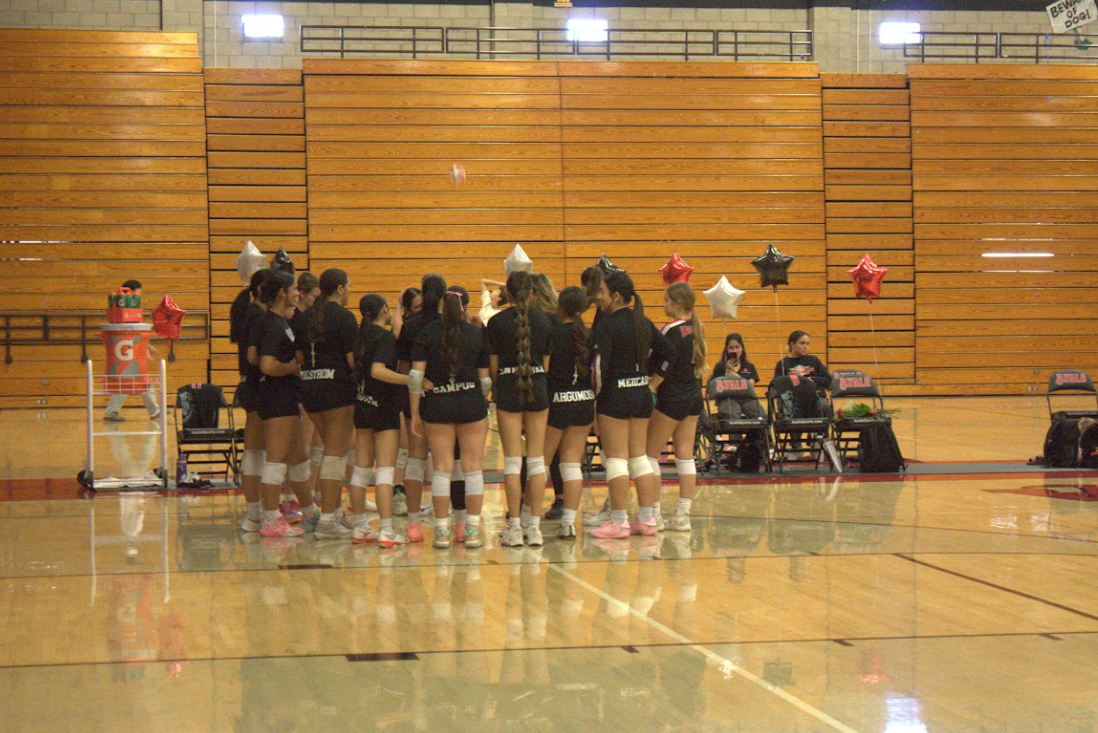
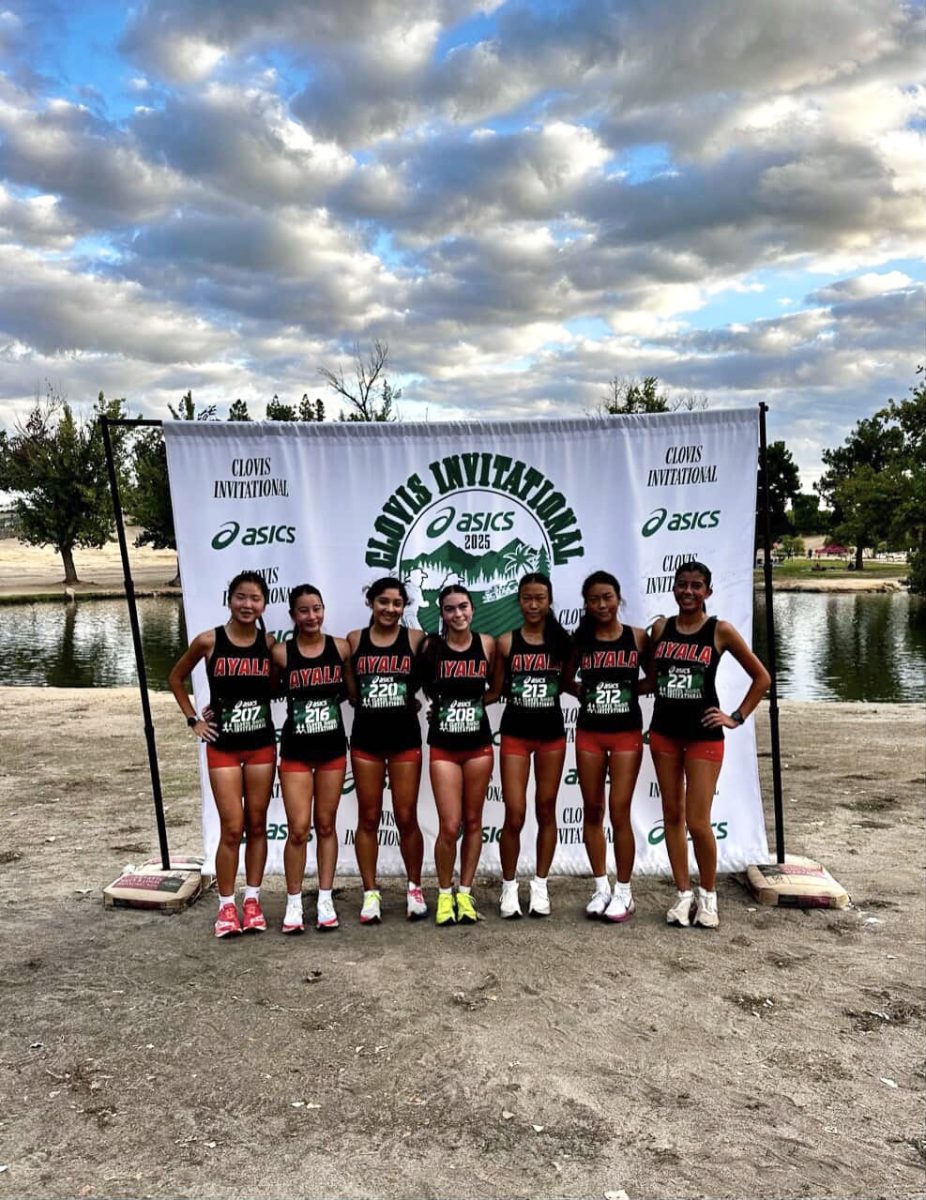

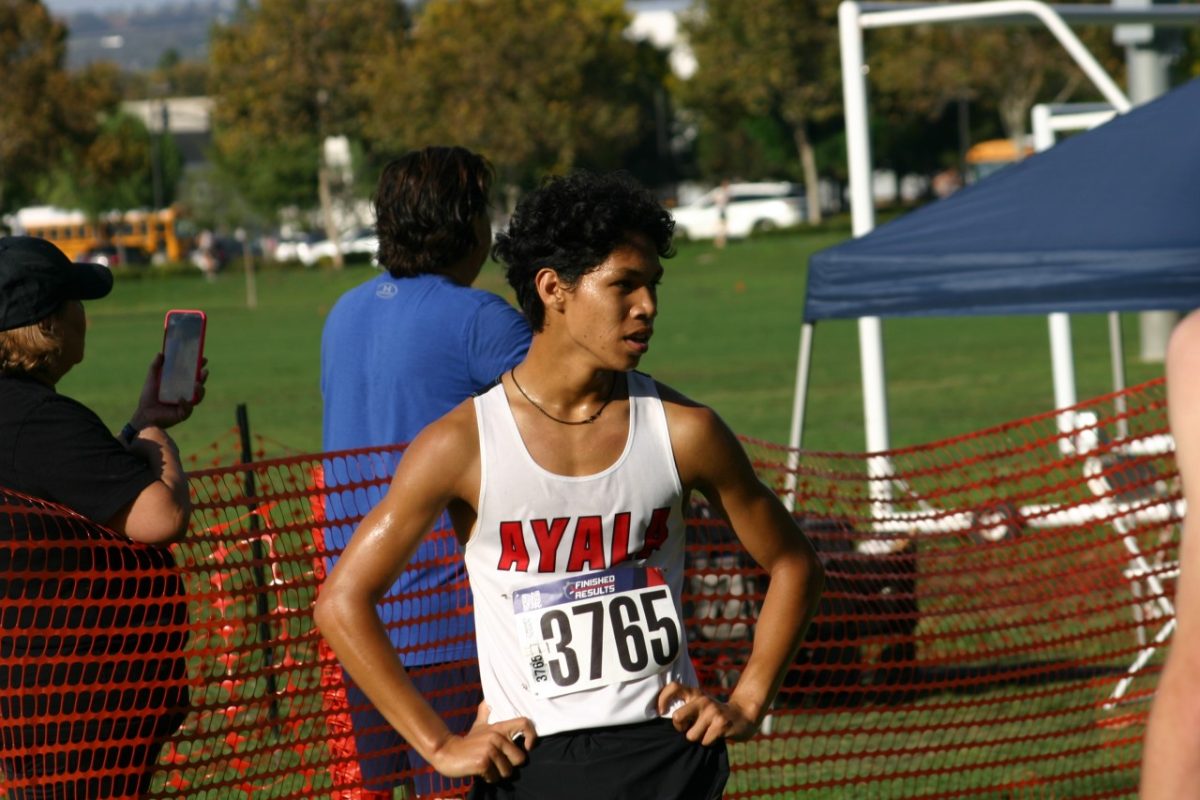
![“I'd say [this season was] successful because I didn't really think I was going to really play much because I'm a freshman. But my coaches took the time and believed in me,” Jonah Boyd (9) said. As a freshman, Boyd has already achieved great success during his first year on the boys Varsity baseball team.](https://ayalabulldogtimes.org/wp-content/uploads/2025/05/IMG_1598-1.jpeg)
